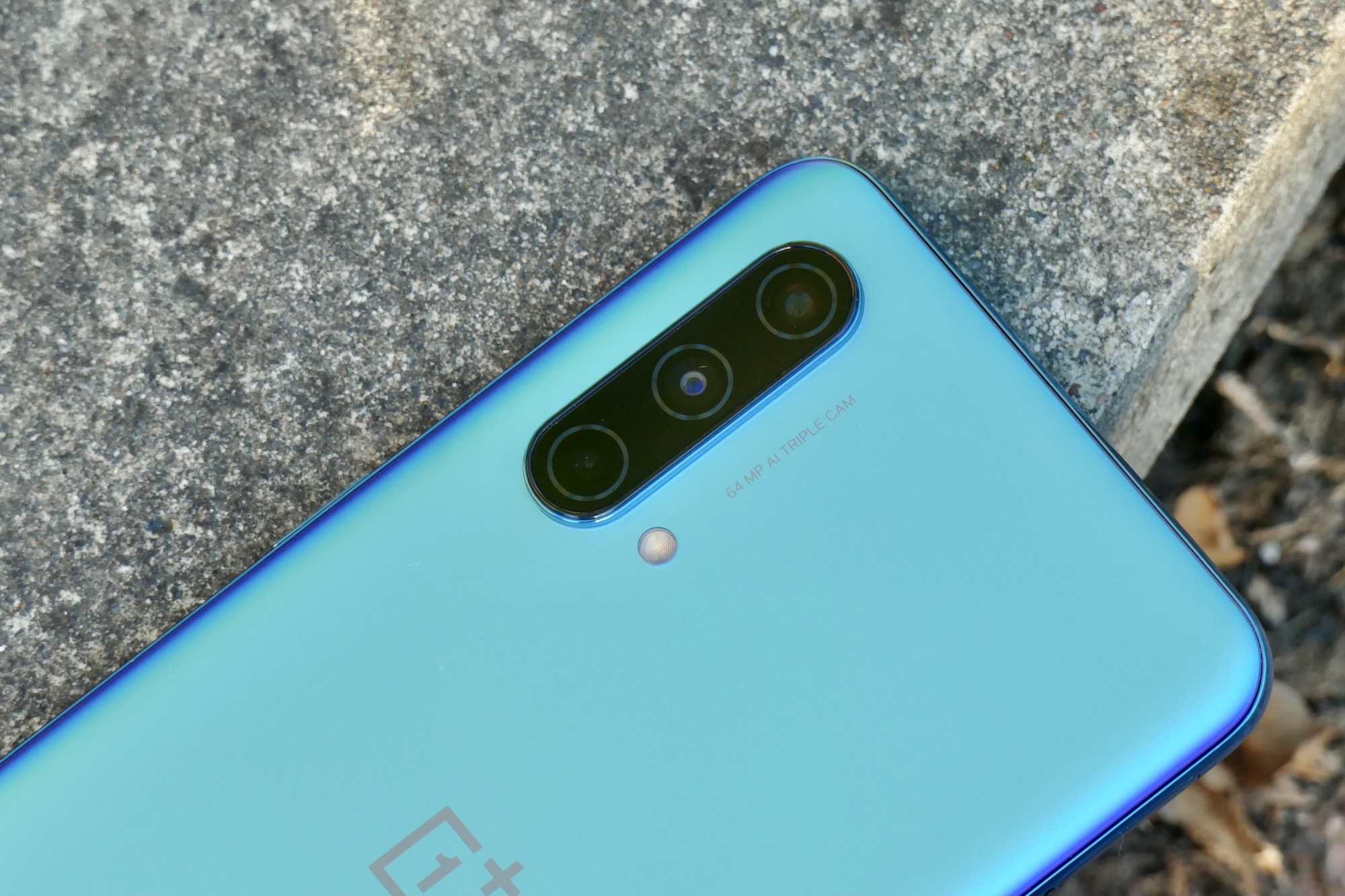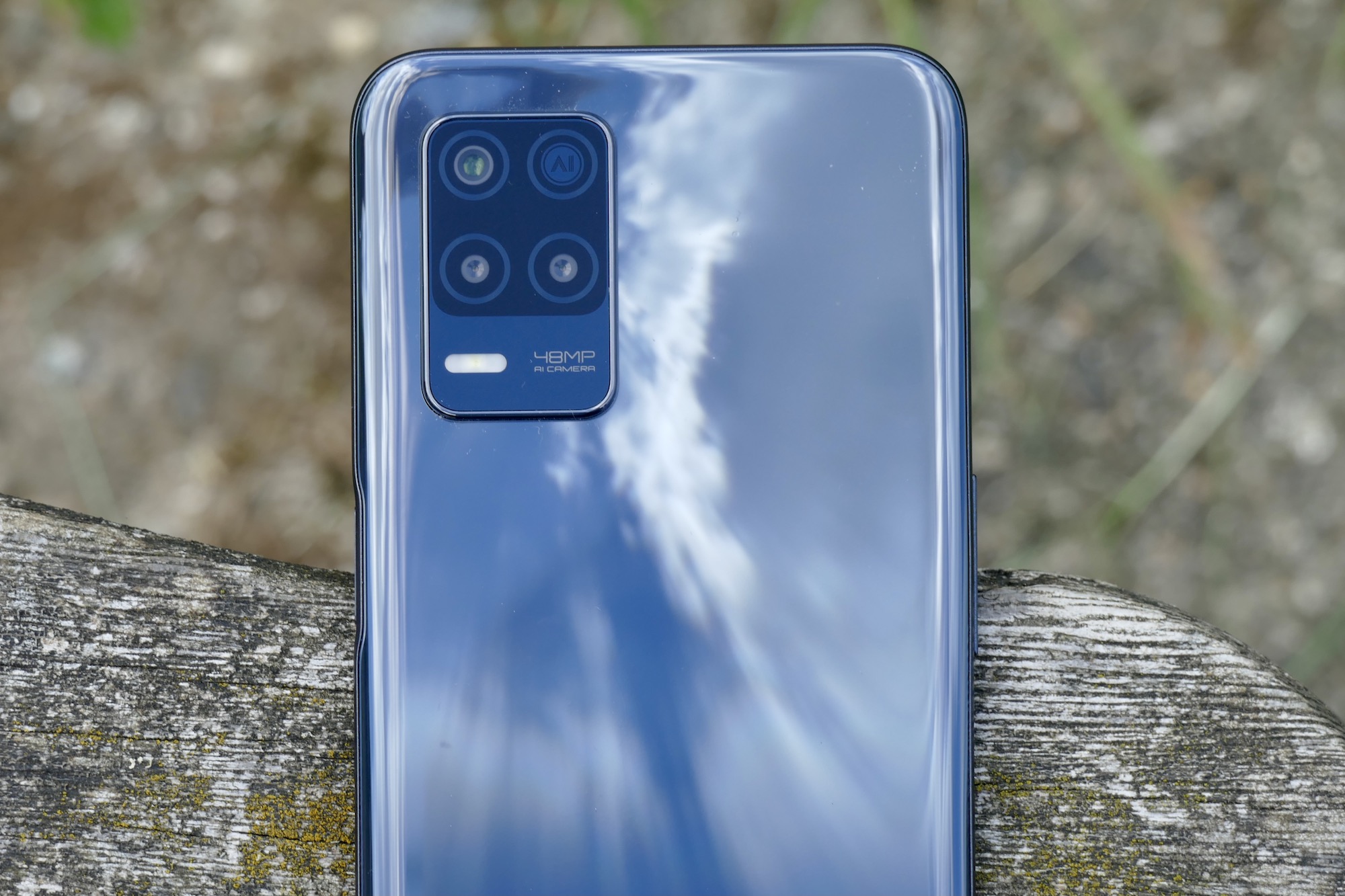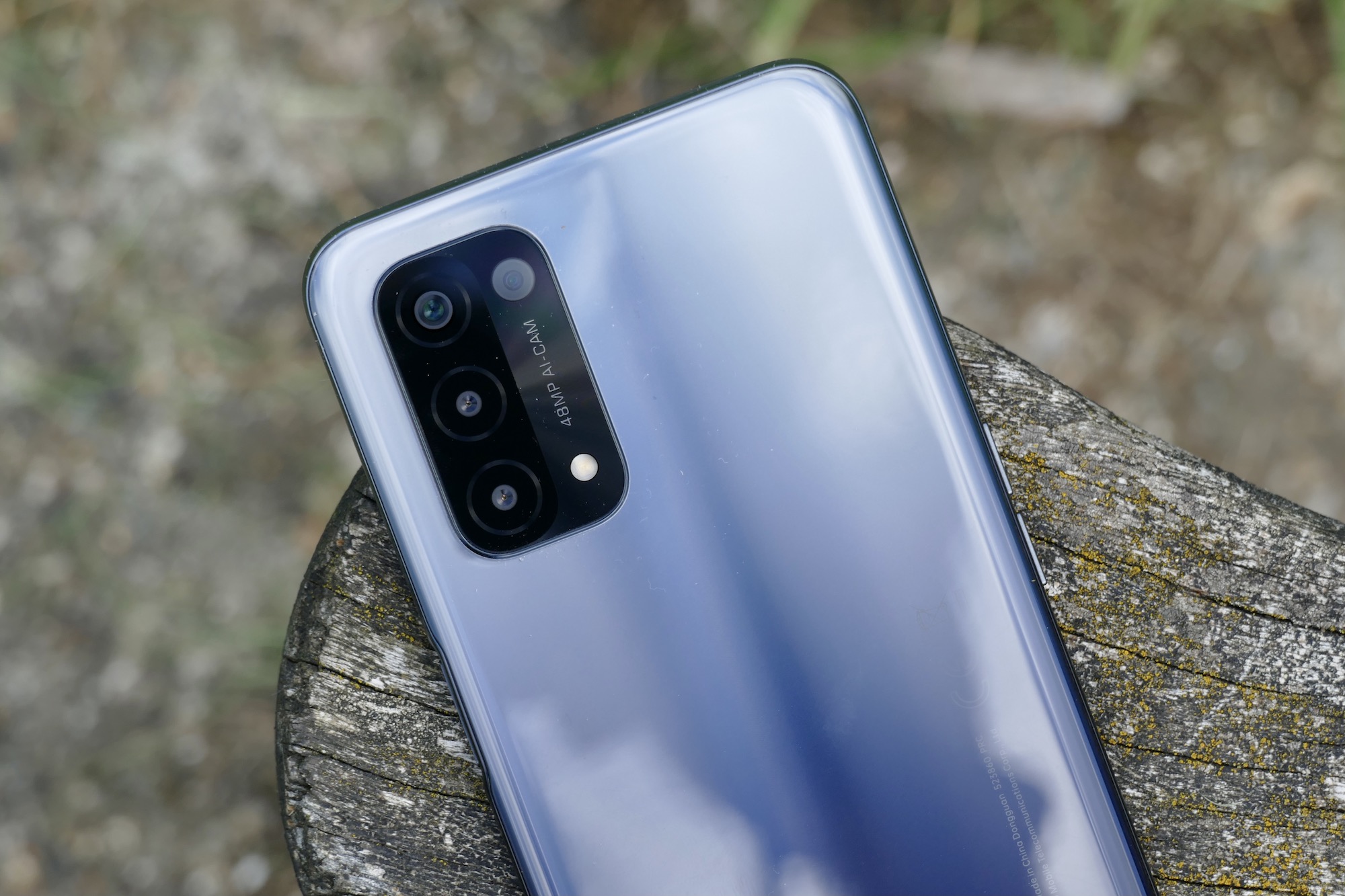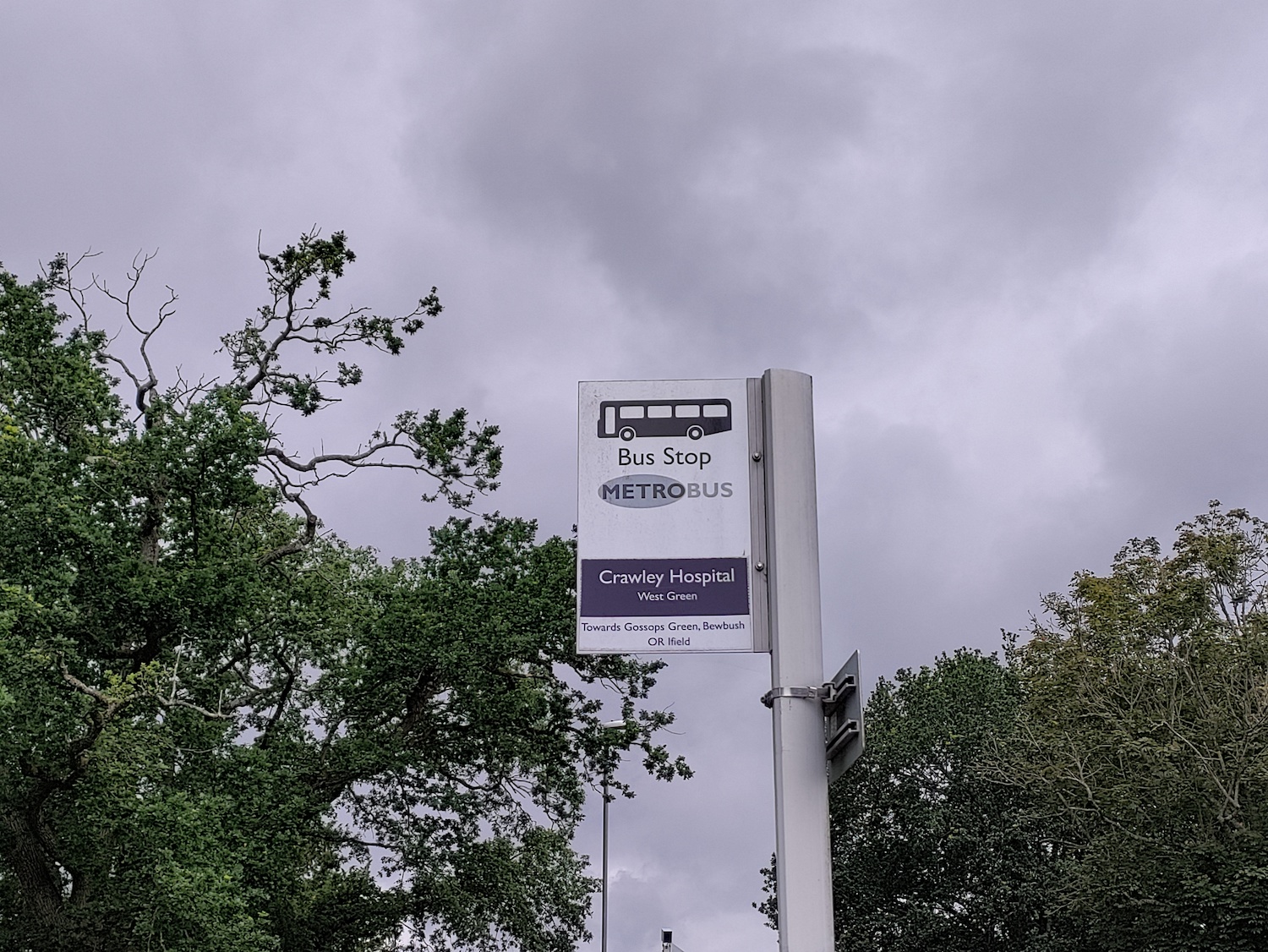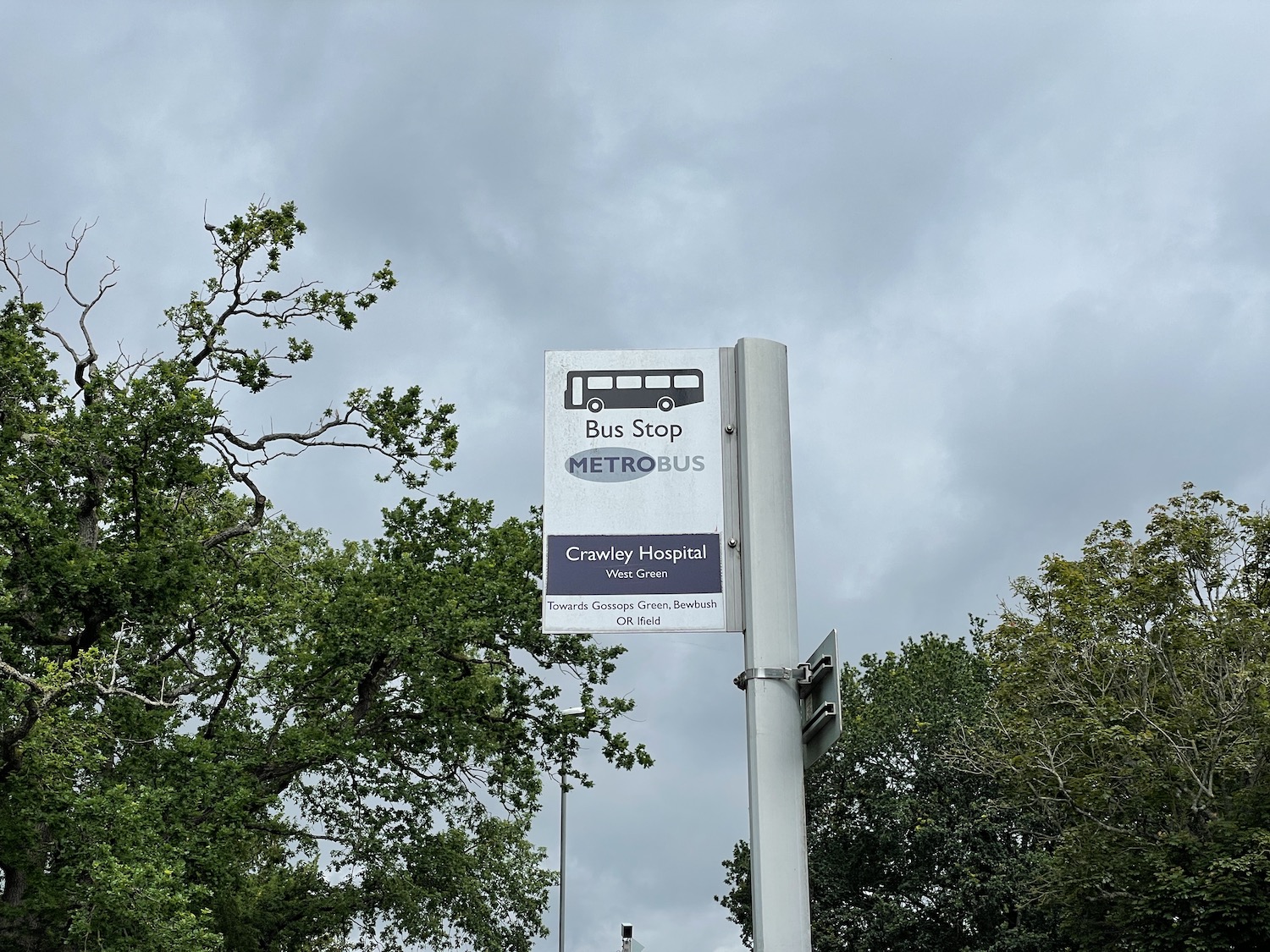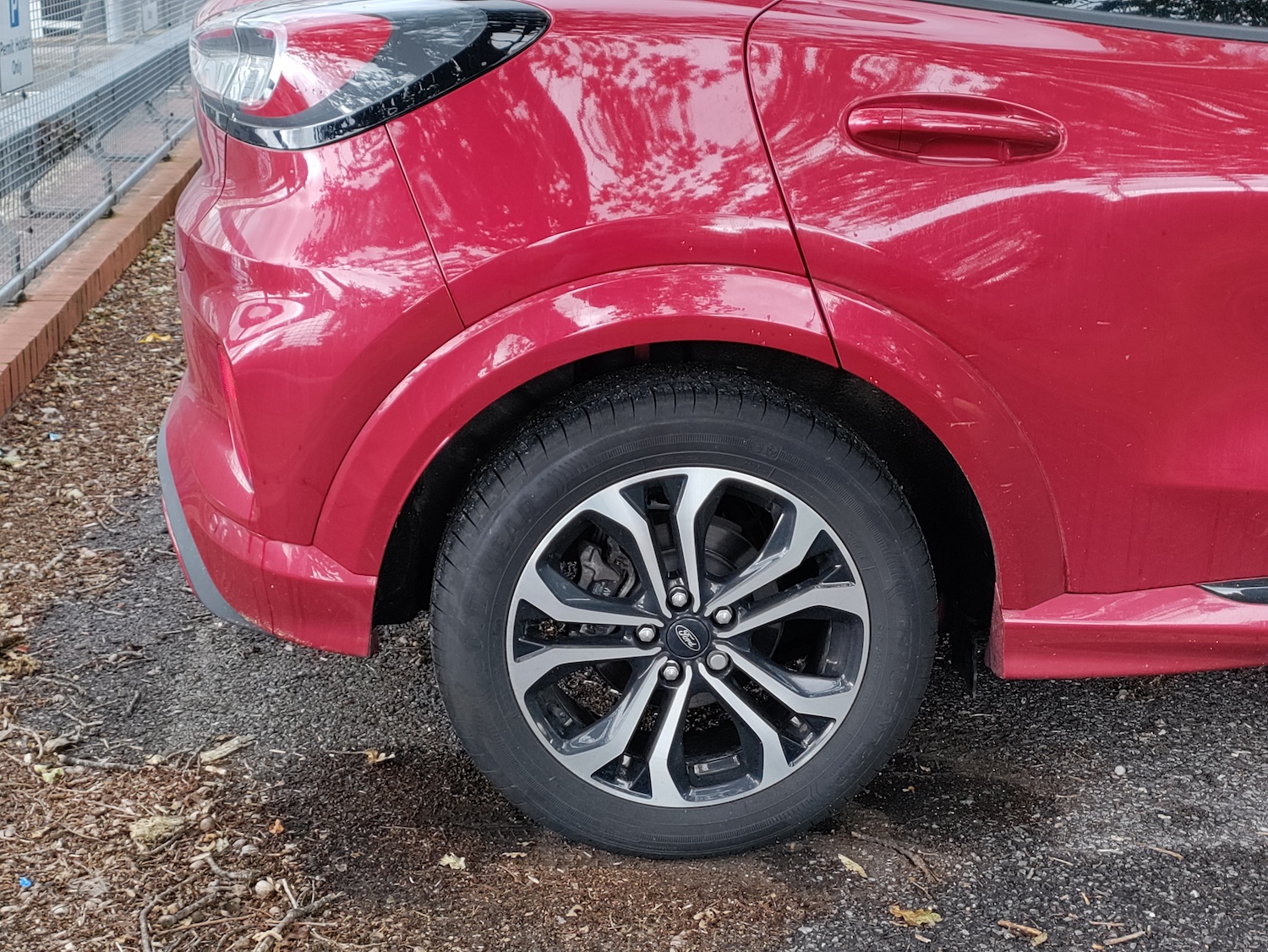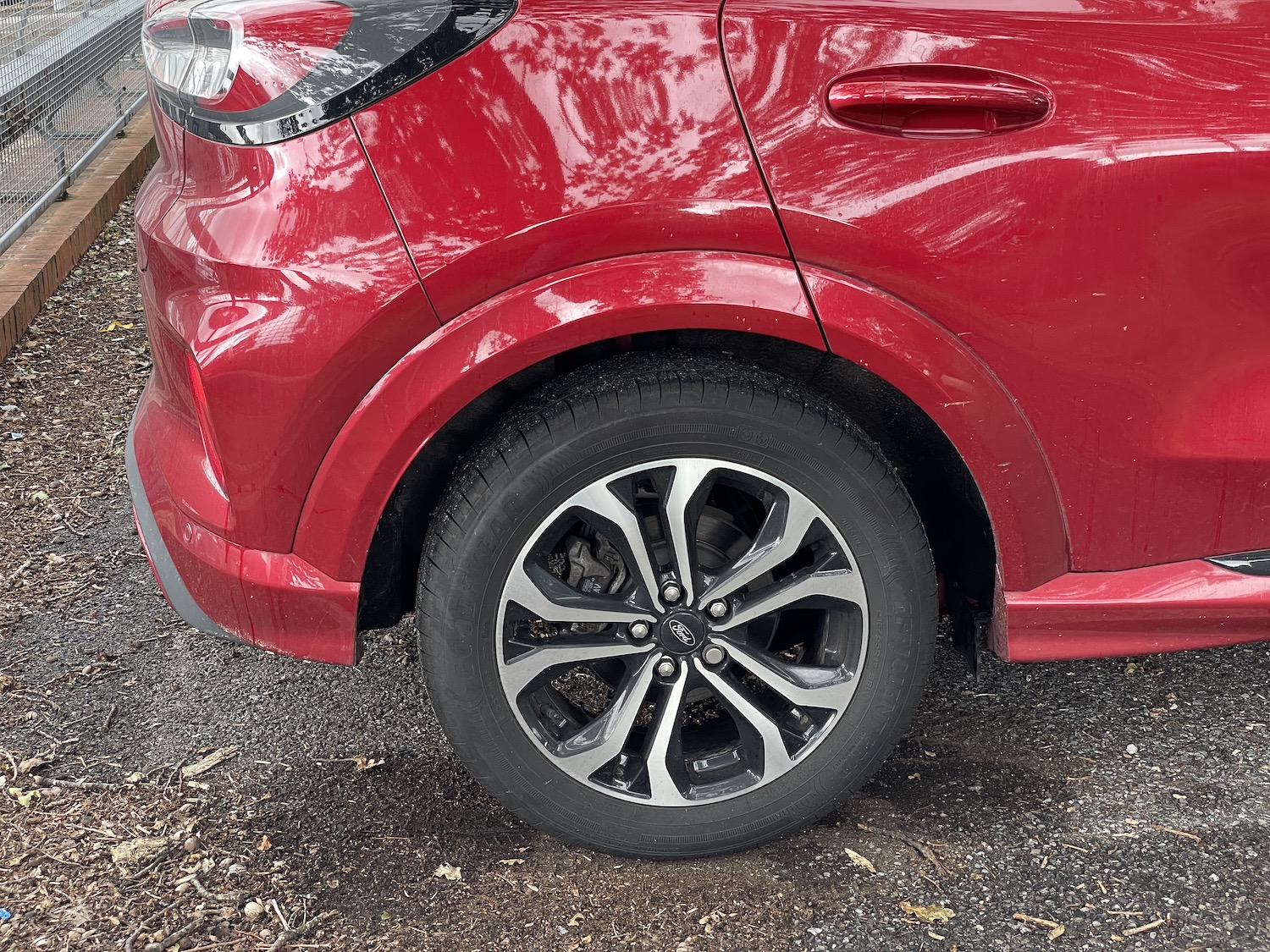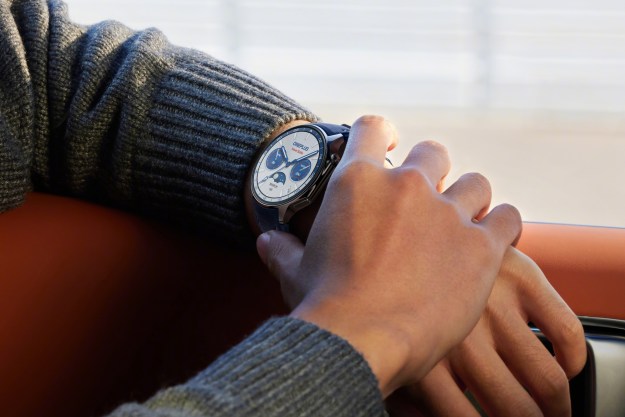You open the camera app on your phone ready to take a photo and because the subject is a little far away, you tap one of the zoom options in the viewfinder, and settle on a 5x zoom. You frame the shot, tap the shutter button, and go on with your day. Later, upon examining the photo, it’s soft and low quality, with more pixels on display than expected. But why?
Unfortunately, you’ve been the victim of an annoying, but growing, trend as phone makers do their best to convince you the camera on your phone is better than it actually is.
Zoom in
There are two different flavors of zoom cameras on a smartphone, optical and digital. Optical is the one you want, as the lens itself adjusts to get in closer to the subject with no loss of detail. A digital zoom is software driven, where the image is cropped down to give the impression of being closer. Digital zoom photos can be passable, but the end result’s averageness does depend a lot on the effectiveness of the software crop, how close you zoom in, and how many megapixels the camera has in the first place.

Because of this, no-one has ever really wanted to take inferior digital zoom photos, so when optical zoom cameras came to smartphones, they were a massive selling point. Companies like Huawei and Oppo pushed the technology forward with “periscope” zoom systems found on the P30 Pro and Reno 10x Zoom. Today, optical zoom telephoto cameras are on most high-end smartphones, including the Apple iPhone 12 series and the Galaxy S21 series. They’re commonplace, and that’s where the problem lies.
The world of low-cost smartphones is a highly competitive one, and when a cheap phone includes a feature more often found on an expensive one, it may give it a small boost in the eyes of the consumer. The digital zoom is now making an unwelcome comeback, as phone companies are slowly starting to slip in a 2x, 3x, or even a 5x button digital zoom shortcut to the viewfinder, encouraging you to take bad photos. It’s a cheat, and you’re being taken for a ride.
This really happens?
Three smartphones I’ve used over the past few weeks have had this “feature,” the OnePlus Nord CE, the Oppo A54 5G, and the Realme 8 5G. All of these phones have little “dots” in the camera app to access a zoom feature, but none of them have a telephoto camera. The app is conning you into using a digital zoom, something we all hated before optical zooms came along. These phones aren’t the only examples, but using one after the other recently highlighted how this is becoming an unwelcome trend.
The OnePlus Nord CE adds a 2x zoom button to the camera, and while the results aren’t too bad, it’s obvious you’re not shooting with an optical zoom camera. But the Realme 8 5G and Oppo A54
Phone companies guilty of this will argue they are making a user interface change that simplifies something many people do already: Use two fingers on the viewfinder screen to zoom in. Adding a couple of buttons to make this process a bit easier is a benefit, right? Nice try, but what the are actually doing is intentionally mimicking phones with superior functionality, and tempting people to take photos that won’t look very good.
You’re exaggerating, aren’t you
No, I’m not. Below are examples of photos taken with the Oppo A54 5G and the Realme 8
Next are examples of the OnePlus Nord CE’s 2x digital zoom, alongside the same photo taken using the iPhone 12 Pro’s 2x optical zoom.
Leaving aside the differences in tone, balance, and color, the digital zoom photos lack detail, increase pixelation, and unpleasantly soften the overall image. The 2x shots aren’t unusable, but when you look closely the results aren’t pleasing to the eye. The less said about the 5x shots, the better. Remember, the camera app is effectively prompting you to use these modes. The real kicker comes when you look at the iPhone 12 Pro’s optical zoom shots, which are as dynamically impressive and detail-filled as ones taken with the primary camera.
If phone companies are going to add in these ridiculous shortcuts, they should at least have the decency to warn that using the mode will result in a lower quality photo. Artificial intelligence tells me when a wide-angle shot may work well, so why can’t it tell me my digital zoom photo will be a disappointment?
Let’s stop here
By providing a short cut to the digital zoom in the app of phones without an optical zoom, phone companies are faking the actual functionality of the camera, which are unable to replicate the quality of true optical zoom cameras on other devices. It’s not an accident. On its A54 5G support pages, Oppo recommends using the pinch-to-zoom or the “dots” in the camera app to zoom in and out, without mentioning any reduction in quality, or that it’s a digital zoom, at all.
The “alternative to pinch-to-zoom” defense doesn’t really work either, as people will find it easier to take substandard photos, be disappointed with the results, and unfairly blame the phone’s camera. It’s all a sham, and no different to pairing the primary camera with a mostly useless 2-megapixel macro or depth camera, just to boast the phone has three cameras rather than just one.
Before optical zoom became an almost standard fixture on high-end phones, finding a button in any camera app to quickly jump to a 2x digital zoom or closer was extremely rare. Everyone coped with pinching the screen to zoom in and out to take rubbish photos then, and there’s no good reason those inclined to do so today can’t do the same.
Phones that encourage you to take bad zoom photos aren’t that common yet, but there’s evidence this is changing. It needs to stop now, or phone makers need to put in a “photos taken using this mode will be substandard” warning when a digital zoom shortcut button is tapped.
Editors' Recommendations
- New OnePlus budget phone comes packing 2 super-rare features
- Your $1,000 flagship may not have faster 5G speeds than a budget phone
- New OnePlus Nord CE delivers the 5G goods for a low price

